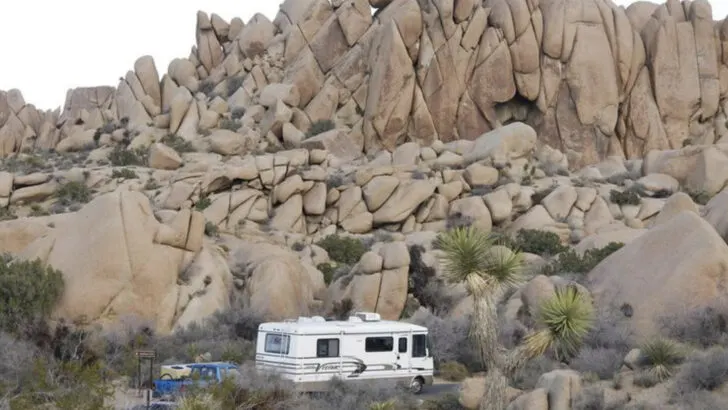Think all national parks welcome your RV with open arms? Think again. Some of America’s most breathtaking parks throw up roadblocks—literally—when it comes to big rigs and trailers. From narrow mountain roads to fragile ecosystems, these parks keep RVs at bay to protect the wild and keep visitors safe. If you’re dreaming of wide-open spaces but planning to roll in style, knowing where your wheels can—and can’t—go is crucial. These nine parks are stunning, but you’ll need to park the RV elsewhere and get ready to explore on foot or by shuttle. Don’t let your adventure stall—plan ahead and keep your trip rolling smoothly. The wild waits for no one, but it does expect respect. Ready to find out where to take the keys—and where to leave them?
Yosemite National Park, California
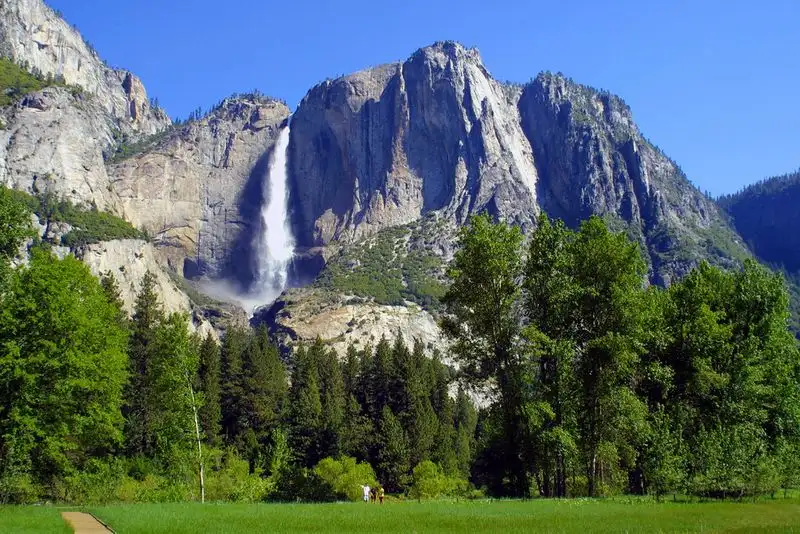
A visit to Yosemite National Park can be awe-inspiring, but maneuvering a large RV through its mountainous terrain is a different story. The park’s roads weave through tight spaces and steep inclines, making it difficult for RVs. During peak seasons, parking becomes a significant challenge, with limited spots available for large vehicles.
Yosemite Valley, in particular, has few RV-friendly campsites and stringent restrictions on vehicle length. Those planning to explore this natural wonder must prepare for alternative accommodations or consider smaller vehicles for easier access.
Fun Fact: Yosemite is home to North America’s five highest waterfalls!
Zion National Park, Utah
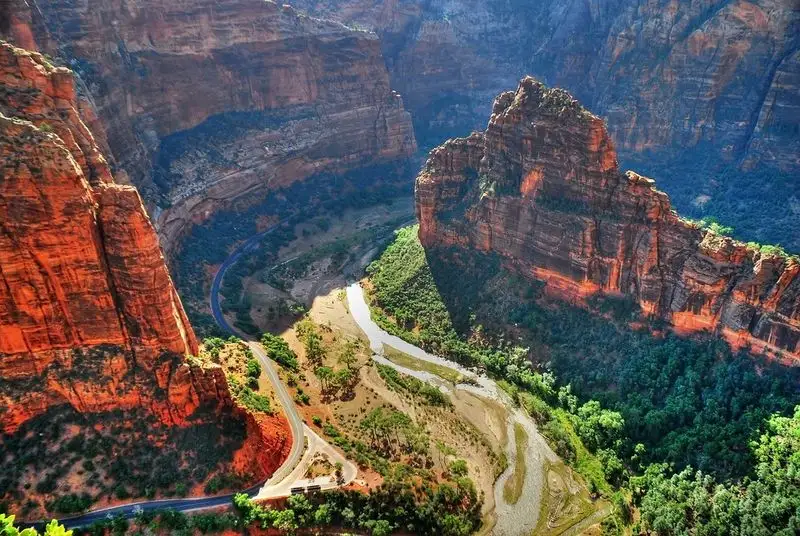
Zion’s breathtaking canyons attract many visitors, but RV owners must navigate around restrictions. The park’s main attraction, Zion Canyon, is accessible only by shuttle buses during high seasons, leaving RVs parked outside.
The narrow canyons and heavy traffic have led to strict size limits, particularly on shuttle-only routes. Additionally, the park offers limited RV camping options outside the main canyon, making advance planning crucial.
Did you know? The park’s towering cliffs are nearly 300 million years old, formed from ancient sand dunes, now petrified as Navajo sandstone.
Glacier National Park, Montana
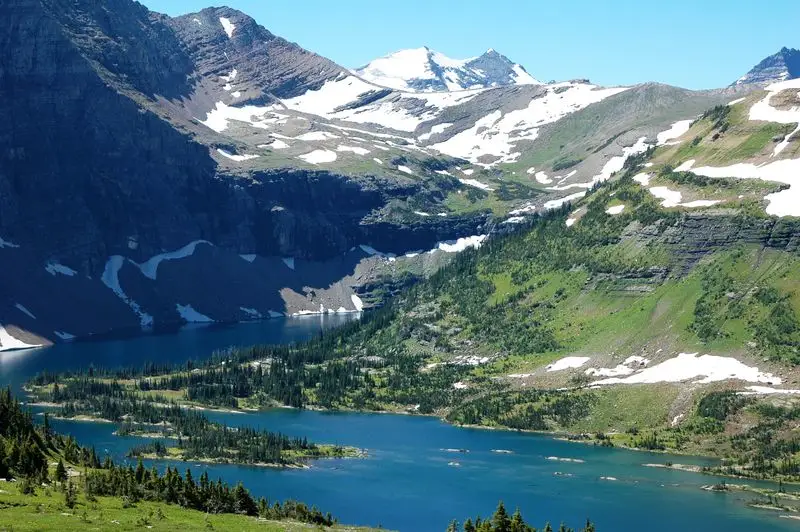
Glacier’s Going-to-the-Sun Road is not just a scenic drive but also a challenging one for RVs. Tight curves and steep grades mean RVs over a certain length and height are restricted. The park enforces strict vehicle size limits to protect its fragile mountain roads.
Specific parking areas are designated for RVs, but availability is limited. For those wanting to explore Glacier thoroughly, smaller vehicles or park shuttles offer the best options.
Fun Fact: Glacier National Park is home to more than 1,000 species of vascular plants.
Acadia National Park, Maine
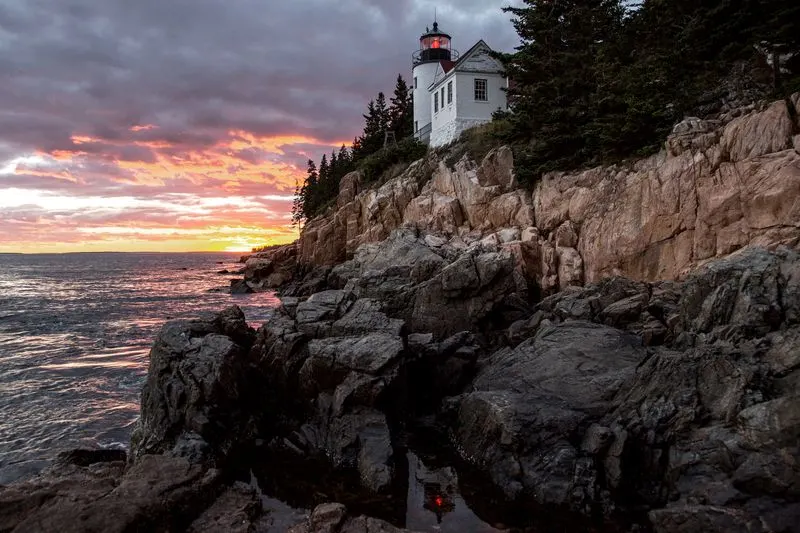
Acadia’s charm lies in its rugged coastline and historic carriage roads, but these features also limit RV access. The park’s narrow, busy roads aren’t suitable for large RVs, and some areas completely prohibit them.
Limited RV campgrounds add to the challenge of visiting. Navigating Acadia’s scenic routes requires smaller, more agile vehicles. For those seeking RV travel, advanced reservations at a few available sites are a must.
Interesting Tidbit: Acadia was the first national park established east of the Mississippi River in 1916.
Mount Rainier National Park, Washington
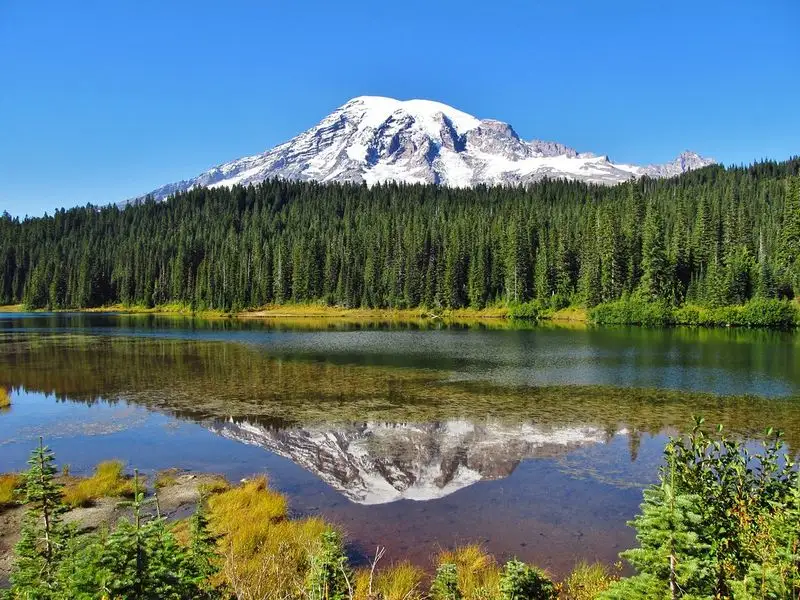
Mount Rainier’s majestic peaks are a sight to behold, but reaching them in an RV can be tricky. The park features narrow mountain roads and limited campground spaces, imposing restrictions on RV access.
Popular campgrounds with RV spots fill up quickly, and larger rigs often face challenges with limited pull-through sites. Travelers should plan early and consider alternative lodging for an unhindered visit.
Fun Fact: Mount Rainier has one of the largest single-peak glaciers systems in the U.S.
Joshua Tree National Park, California
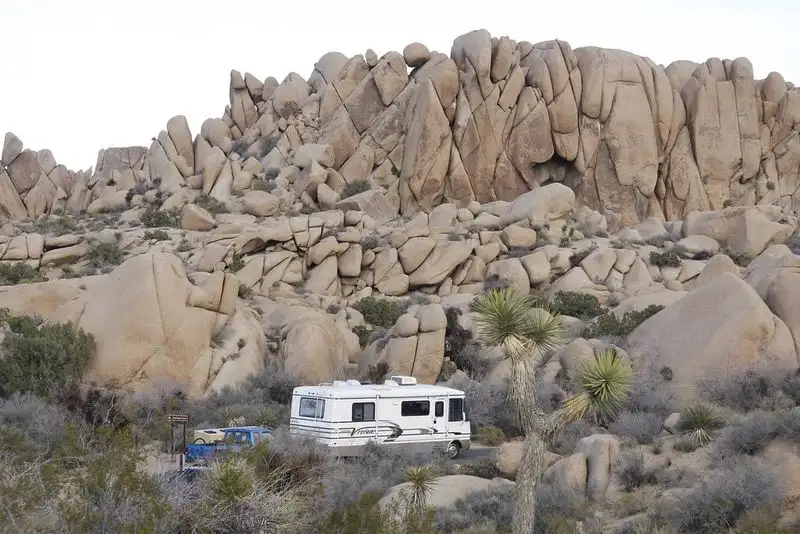
At Joshua Tree, RV enthusiasts find few developed campgrounds suitable for large rigs. While dry camping or boondocking is an option, it requires thorough preparation.
Sparse RV-friendly sites mean that travelers must plan ahead for self-contained camping, as facilities are minimal. Those exploring the unique desert landscape should prepare to camp under the stars with basic amenities.
Did you know? Joshua Tree’s iconic twisted trees are actually a type of yucca plant that can grow up to 40 feet tall.
Great Smoky Mountains National Park, Tennessee/North Carolina
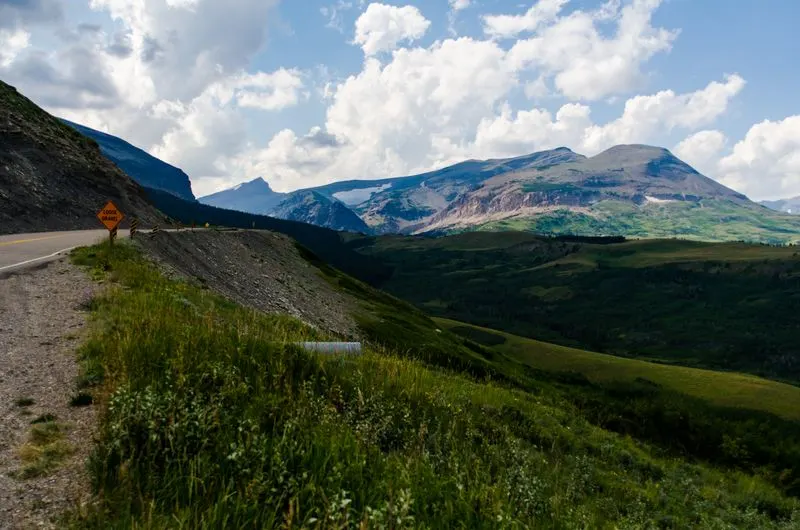
The Great Smoky Mountains present unmatched beauty, but their narrow and winding roads mean no RV access in certain areas. Some routes, like Newfound Gap, restrict large vehicles to preserve the environment.
With limited RV campsites available, booking in advance is essential. Travelers might need to explore alternative routes or accommodations to fully appreciate this stunning park.
Did you know? The park is home to more than 1,500 black bears, making bear sightings a common delight for visitors.
Denali National Park, Alaska
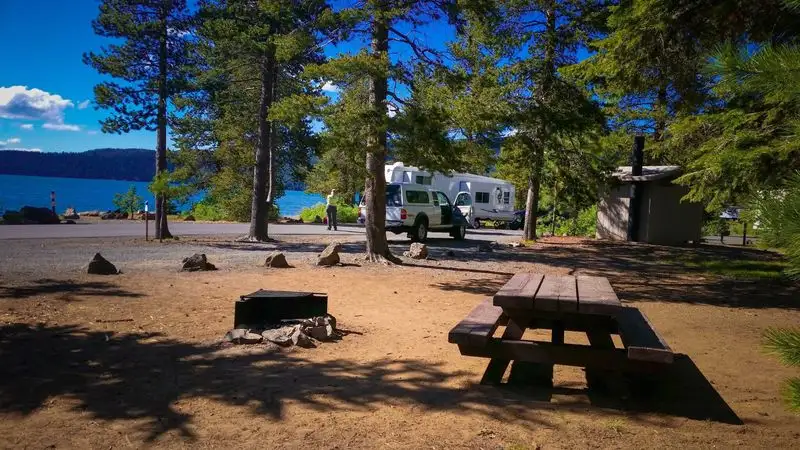
Denali’s vast wilderness is enticing, but private vehicles, including RVs, are restricted beyond the first 15 miles of the park road. Instead, shuttle buses serve the deeper areas, preserving the park’s pristine environment.
Travelers with RVs must plan to stay outside the main park road and rely on shuttle services for exploration. This system ensures minimal impact on wildlife and natural landscapes.
Fun Fact: Denali is North America’s tallest peak, standing at 20,310 feet high!
Crater Lake National Park, Oregon
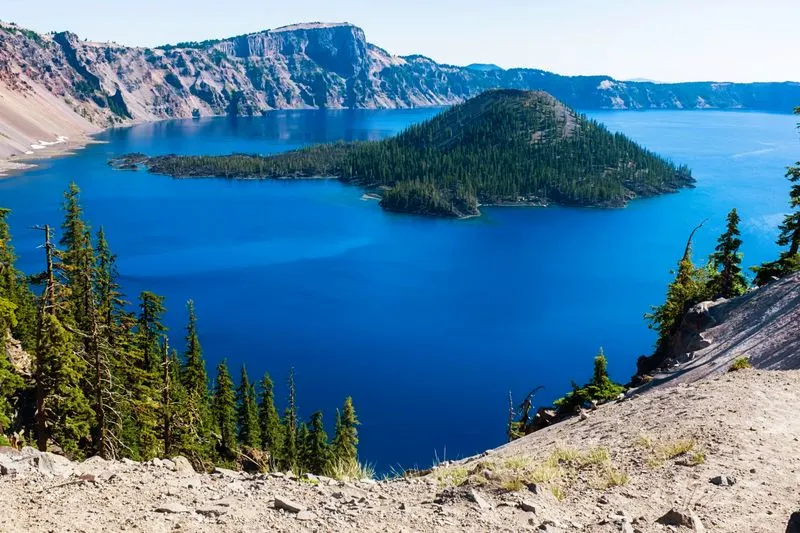
At Crater Lake, the rim drive offers breathtaking views but is not equipped for large RVs. Narrow roads and limited campground facilities mean that RV travelers need careful planning.
Few campgrounds accommodate large vehicles, requiring early reservations and possible alternative arrangements.
Interesting Fact: Crater Lake is the deepest in the U.S., formed over 7,700 years ago by the collapse of a volcanic peak, making it a natural marvel worth visiting.

